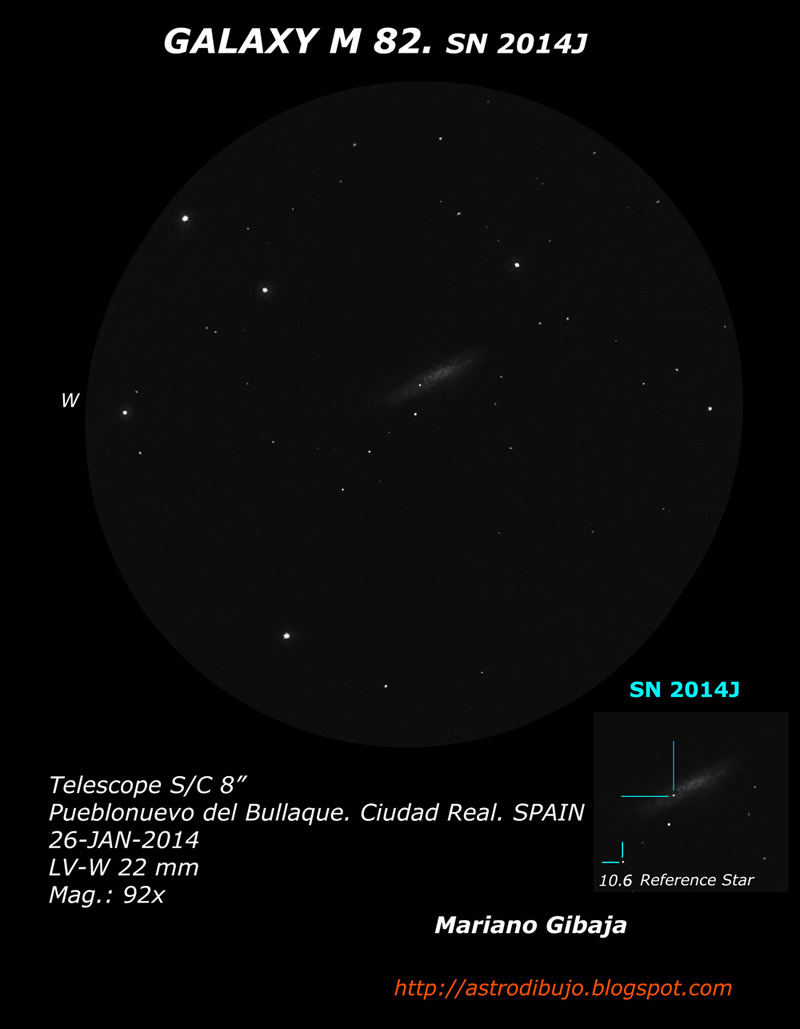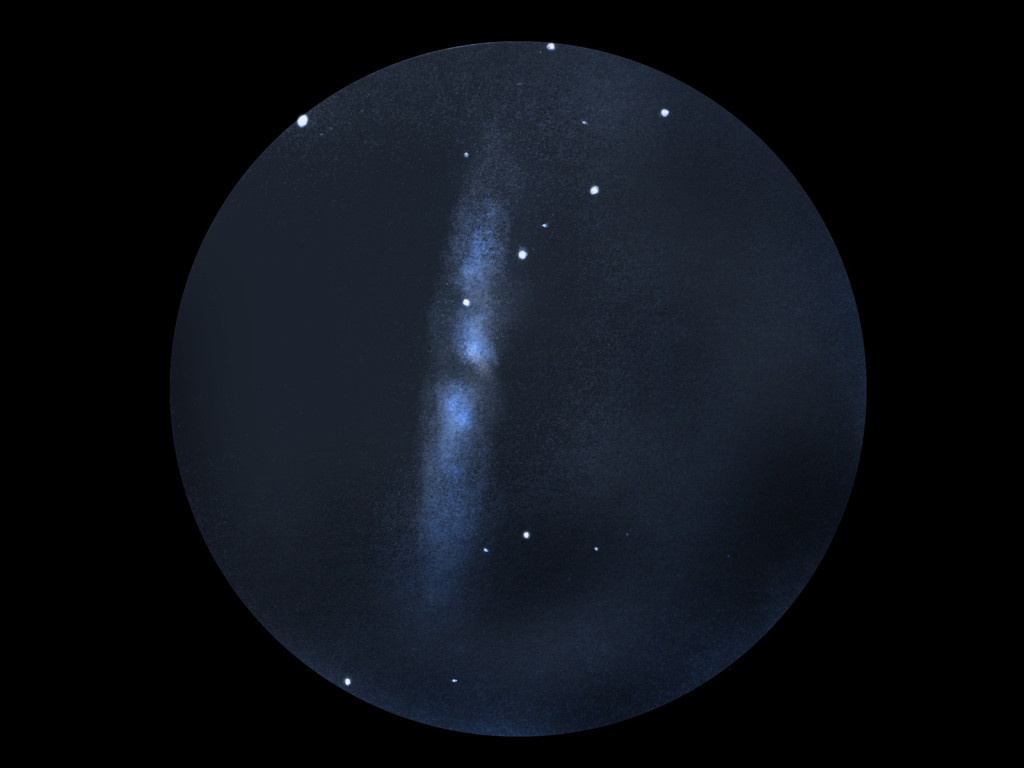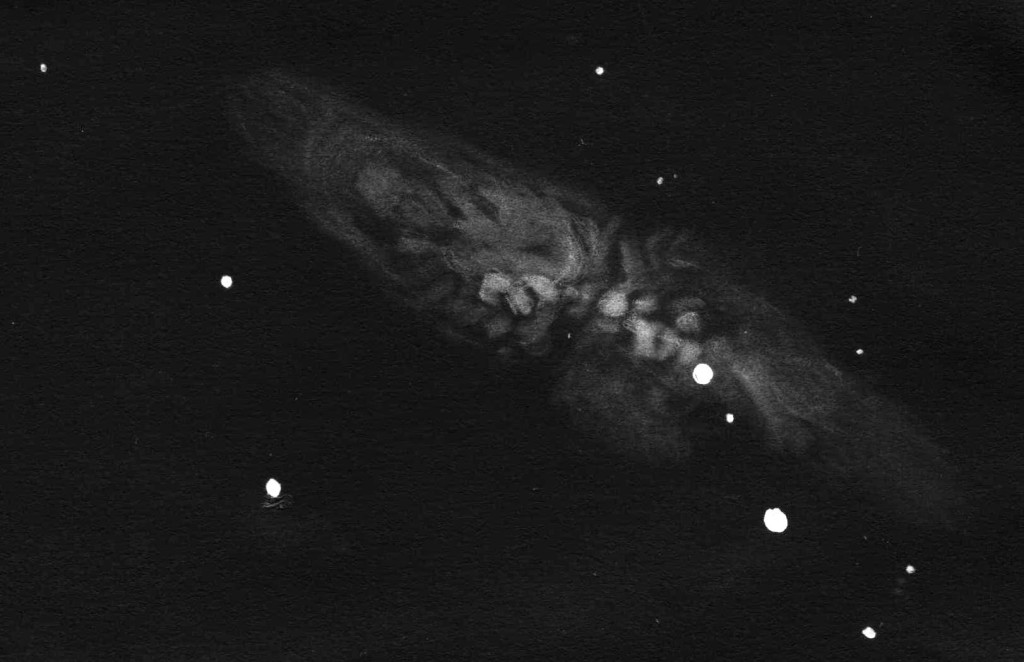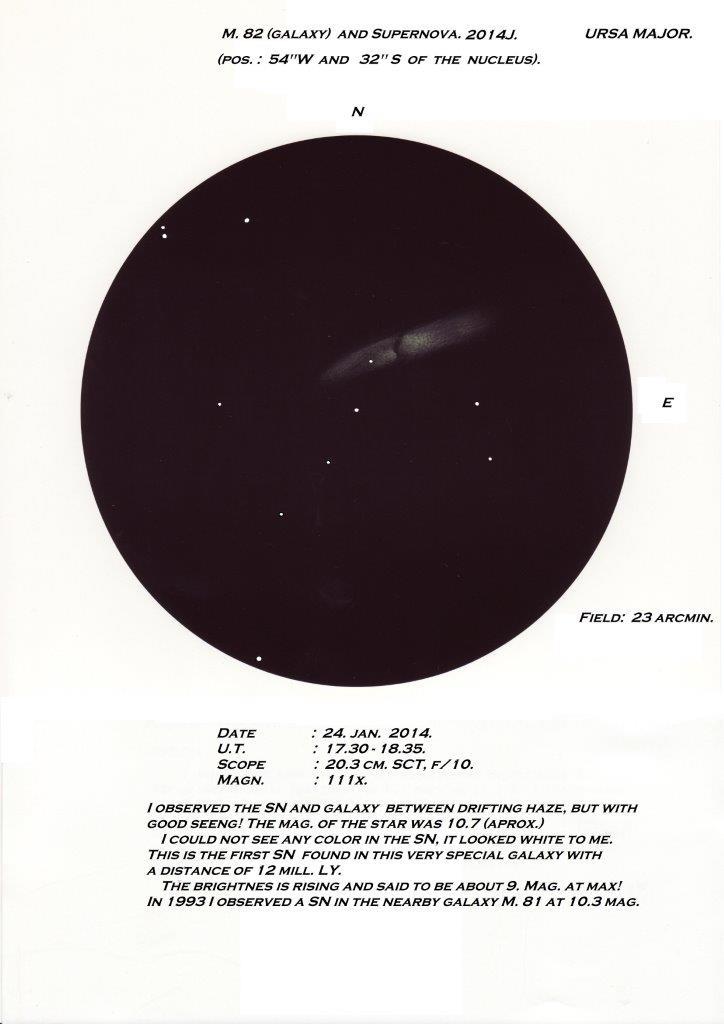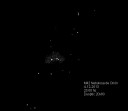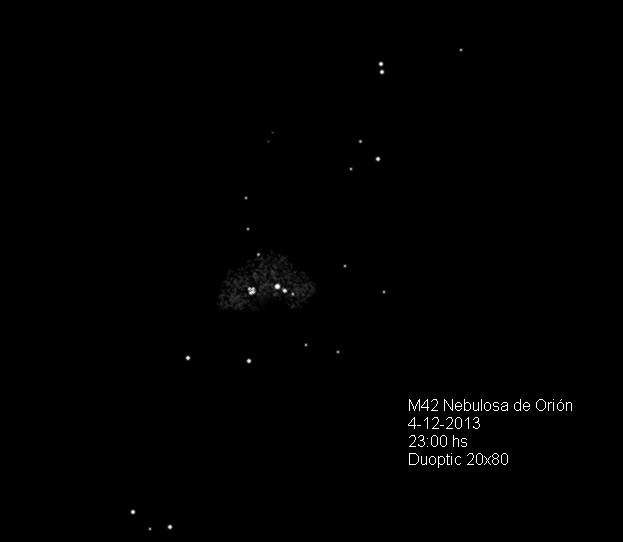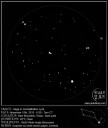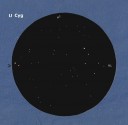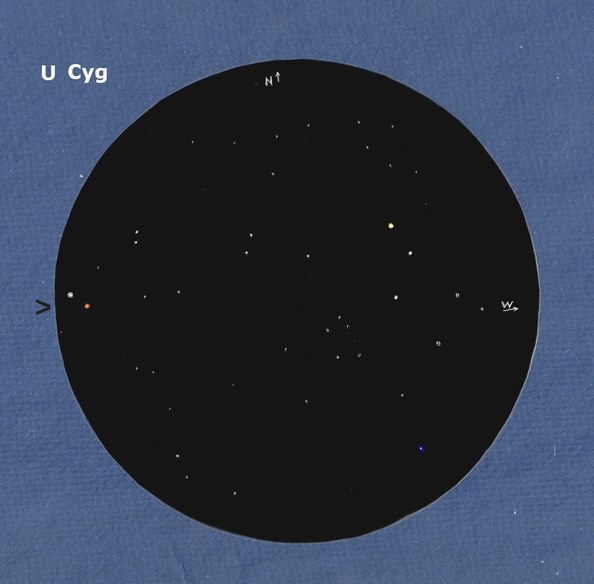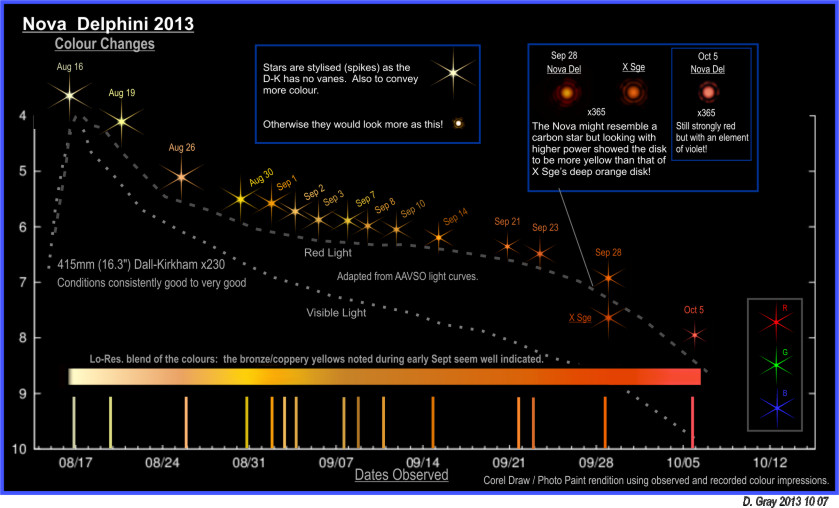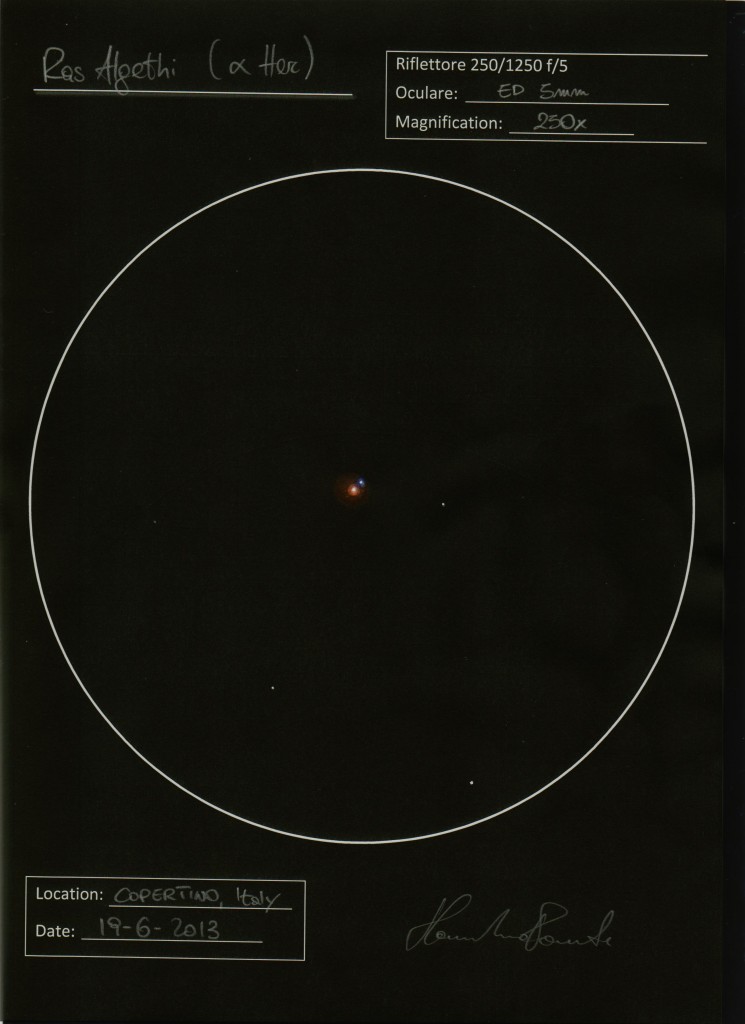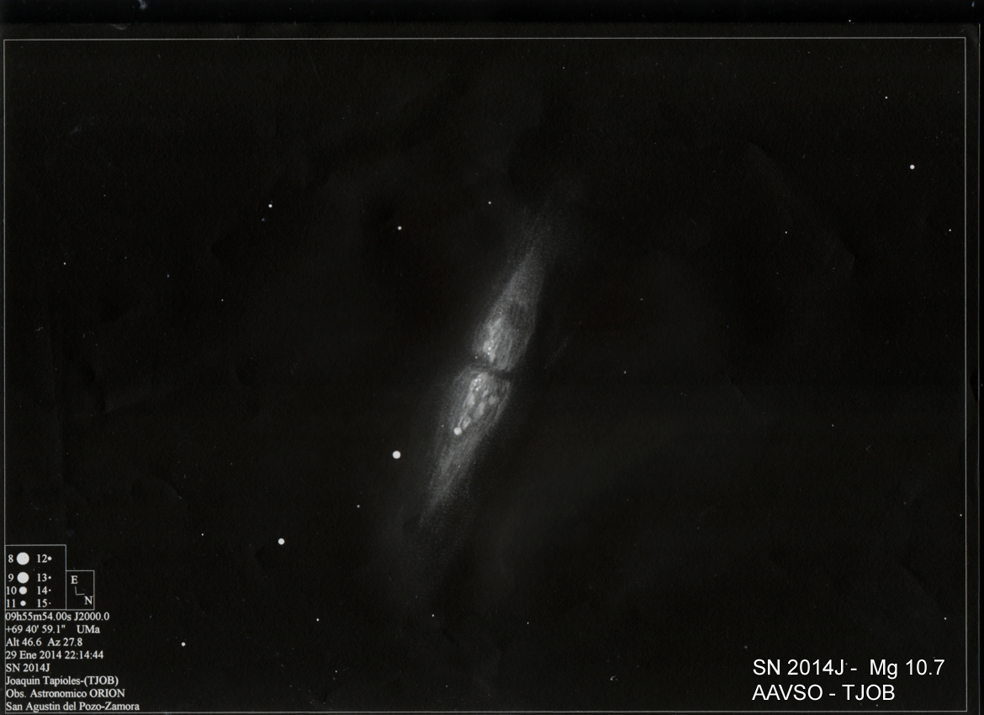
Nombre de objeto ( M82 y SN 2014J )
Tipo de objeto ( Galaxia con SN 2014J )
Ubicación (Observatorio Astronomico ORION)
Fecha ( 29-01-2014- 22:14 T.U )
Medios (lápiz de grafito, carboncillo sobre papel con carta estelar impresa de guide9.0 )
El dibujo se realizo en 1 hora usando un dobsom de 305mm F4.8 usando un ocular explorer cientific de 4.7mm ( 315 X )
La Mg en ese momento de la SN 2014J y que se puede ver en la AAVSO fue de Mg 10.7
SN 2014J 2456687.41682 2014 Jan. 29.91682 10.7 — Vis. TJOB
——————————————————————————————————————————————————————————
Object name (M82 and SN 2014J)
Object type (galaxy with SN 2014J)
Location (Observatorio Astronomico ORION)
Date (29-01-2014 – 22:14 T.U)
Media (graphite pencil, charcoal on paper with printed star chart of guide9.0)
The drawing was done in 1 hour using a 305mm F4.8 dobsom using an ocular explorer cientific 4.7mm (315 X)
The Mg at the time of the SN 2014J and you can see on the AAVSO was 10.7 Mg
SN 2014J 2456687.41682 29.91682 10.7 2014 Jan. – Vis. TJOB


